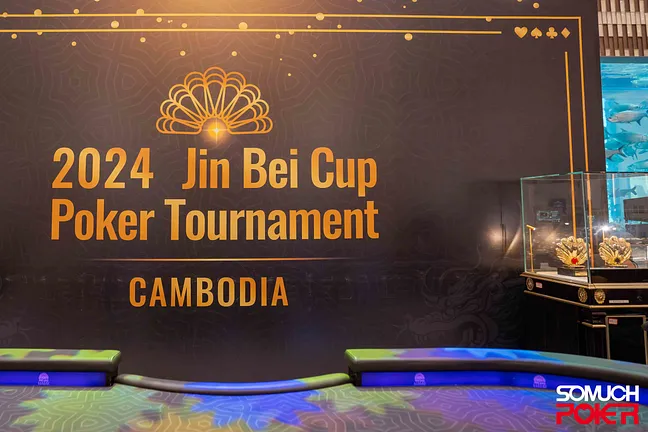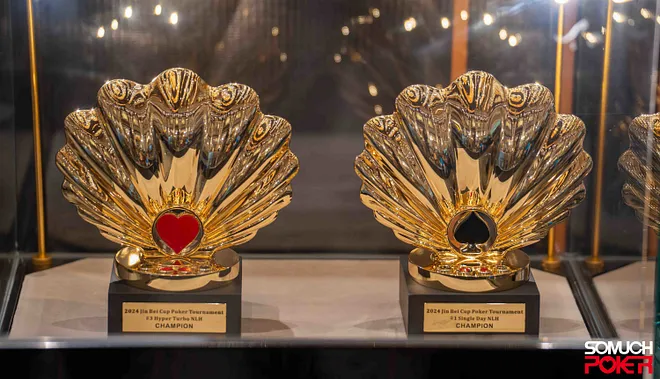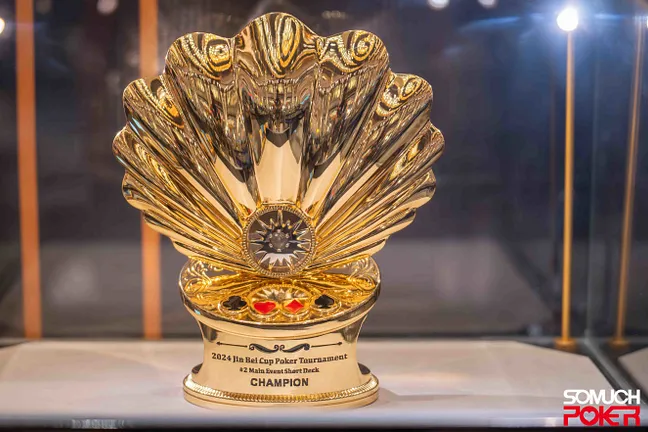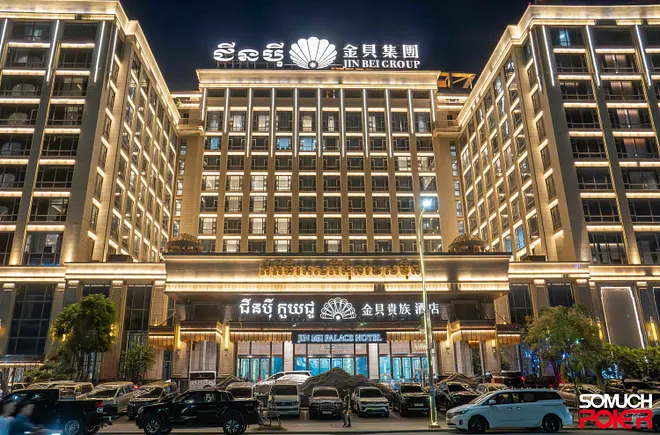

The Jin Bei Group has been founded in 2016 and stands for high-level luxury entertainment in the Kingdom of Cambodia. Their home base is the coast city of Sihanoukville, which has become a popular destination for casino visitors in recent years thanks to large scale investments by foreign investors.
Largest of them by some margin is the Jin Bei Group with a total investment of more than 300 million US Dollars in Hotels and Resorts just for this location. Their three prime properties in Sihanoukville are the Jin Bei Hotel and Casino, the five-star Jin Bei Palace Hotel and the Jin Bei Artisan Hotel - all nestled within one kilometre from each other.
The company has created the slogan "Rooted & Grown in Cambodia" with extraordinary leisure entertainment services on their properties. Their mission in a highly competitive Asian market is rather simple: Provide extraordinary hospitality to become one of the ten largest hospitality groups in the region.
At the core of the business idea is the hospitality sector but they quickly added other services such as tourism, technology, hotels, apartments and office leasing to the portfolio. As a result, it has become the largest integrated entertainment group in the city of Sihanoukville, combining a world class travel experience in a very modern and lavish environment.
Host venue for the inaugural Jin Bei Cup is the five-star Jin Bei Palace Hotel, which opened the door to visitors from near and far in March 2020. The property offers a view of the nearby Ochheuteal beach on one wing and urban view of the city centre on the other, catering to leisure and business travelers alike.
Western-style dishes and Chinese food can be found at the signature restaurants while the rooms are ranging from 40 square meters to the elegantly styled Sky and Palace Suites, measuring 165 and 170 square meters of luxury in one place. Of course, there is also a state-of-the-art gym and luxurious spa where guests can enjoy a wide range of massages.
With the Kingdom of Cambodia, the Jin Bei Group has found a home base rich in history with a very diverse culture of respect as well as a long tradition of literature and storytelling. The temples in Krong Siem Reap are globally recognised UNESCO World Heritage sites of which Angkor has been widely known as the centre of the ancient Khmer Kingdom.
Parts of the Khmer culture are still visible in the everyday Cambodian life and the inaugural Jin Bei Cup trophies embrace one of the most iconic symbols of the country, the seven-headed Naga. It forms a stone balustrade leading up to an entrance of the Angkor Wat Temple and represents power, water, and fertility in many Hindu texts. The silhouette of Angkor Wat itself is depicted on the national flag of the country as well.



























